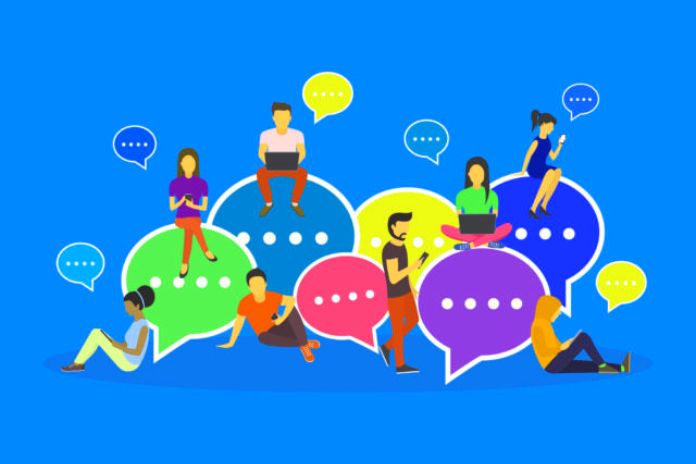When we analyze social networks, we realize that they are colonial architectures based on digital systems and aim to connect various types of people and organizations with similar goals and values.
The speed with the behavioral changes that have been happening is so surprising that it causes significant and unexpected changes to happen, for example, quickly transforming an announcer into a good or bad person based on the interlocutors’ conception of what was posted.
The Beginning Of Social Networks
The first computerized social network was created in 1997, called Six Degrees, but it was not financially successful. In 2000, new bets were placed on the market, but they were unsuccessful.
The social network that most resembled the concept used by society today was Friendster, created in 2002. One of the pioneers in the segment that obtained numerous users because it had innovative features for the time. However, the network grew so much that it did not meet all the demand.
Despite all the problems with social networks at the time, people and organizations continued to believe in the future of digital relationship channels, starting a process of studies and significant investments in developing new tools.
Current Numbers Of Social Media Use
These relationship tools are responsible for 62% of internet traffic. About 4 billion people have access to the internet, representing 52.63% of the world population, with 476 million internet users in Europe and 215 million internet users in Latin America.
Currently, sites like Facebook with 2.2 billion active users, YouTube with 1.5 billion, WhatsApp with more than 1.3 billion and Instagram with 1 billion are fevers among different types of users, according to Kurtz (2017) extracted from the United Nations Conference report.
In this scenario, some newcomer social networks have already captured the attention of millions of people; Tiktok is an example.
social Behavior
People and organizations also use social media to promote themselves. Countless cases of users gained worldwide recognition because of their posts. This has led artists to publicize their work through microblogging, thus maintaining more significant contact with their audience.
Organizations, motivated by this new advertising, start advertising their products and providing more excellent offers to their customers through social networks.
Each social network brings a goal to specific audiences; Twitter has attracted consumer profiles for faster information. And the differential of those who follow is the team proposed by this network, which often posts information on microblogging before being published on news portals.
And another feature that these social media brought was the accessibility for ordinary people to have a voice and express their opinions.
As with everything in life, there is a good and a wrong side. These tools allow users to express what they think, feel and live without any filter, transforming these tools into a virtual diary.
This type of user is the one who spends more time on the internet: they are people who expose their lives, often posting personal videos and photos.
Benefits And Harm
Social networks allow greater interactivity between different peoples, shorten the distance between people, and facilitate cultural exchange.
It is notorious for the low-cost social networks offered to users who intend to use them to communicate with different people. As most social media makes money from marketing to other organizations, the cost for people to interact with them is relatively low, if not free.
With social networks, companies increase their visibility in the job market, increase advertising potential and, as it is a low-cost investment, it is pretty affordable.
It is possible to establish data crossings by exchanging information about medicine, diseases, the job market, and hobbies, among other topics.
Politics On Social Media
Politics has also been using social media. This happened because of the success obtained by Barack Obama during his 2008 campaign in the American elections, which used different types of social media, such as Facebook, Flickr, YouTube, Twitter, and My Space, among others. The US president shared his thoughts throughout his career as a candidate.
This strategy has spread worldwide, and today it is practically impossible for a candidate not to use social networks to extend his government plan and attract even more potential voters.

